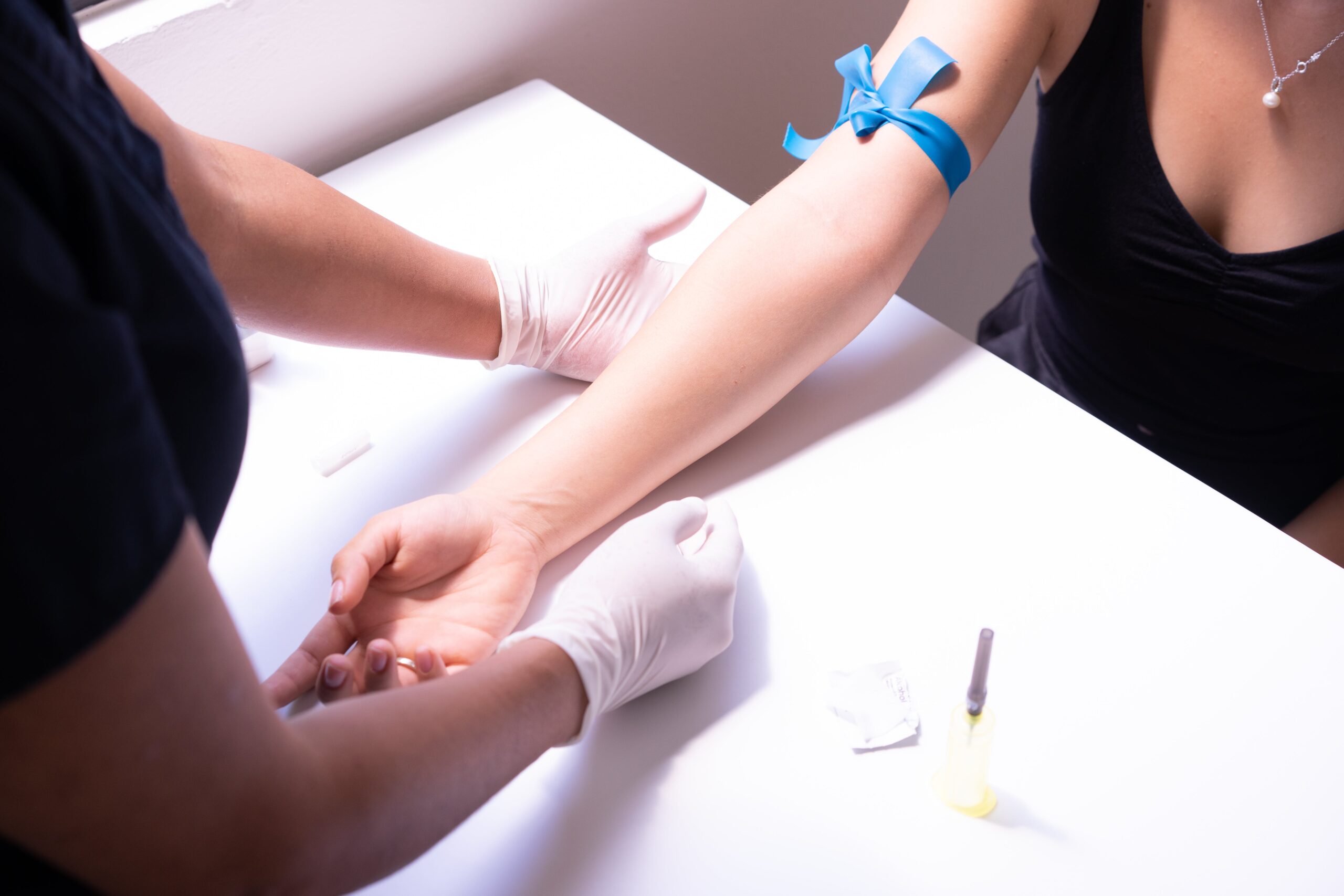Northeast Medical Institute - New Haven Campus Phlebotomy Course & Cna Class - An Overview
Northeast Medical Institute - New Haven Campus Phlebotomy Course & Cna Class - An Overview
Blog Article
The Best Guide To Northeast Medical Institute - New Haven Campus Phlebotomy Course & Cna Class
Table of ContentsFascination About Northeast Medical Institute - New Haven Campus Phlebotomy Course & Cna ClassSome Of Northeast Medical Institute - New Haven Campus Phlebotomy Course & Cna ClassNortheast Medical Institute - New Haven Campus Phlebotomy Course & Cna Class for DummiesThe Ultimate Guide To Northeast Medical Institute - New Haven Campus Phlebotomy Course & Cna ClassNortheast Medical Institute - New Haven Campus Phlebotomy Course & Cna Class Fundamentals ExplainedThe Buzz on Northeast Medical Institute - New Haven Campus Phlebotomy Course & Cna Class
Nonetheless, using such tools must be accompanied by various other infection prevention and control methods, and training in their usage. Not all safety and security tools are suitable to phlebotomy. Prior to choosing a safety-engineered device, users must thoroughly investigate offered gadgets to determine their ideal usage, compatibility with existing phlebotomy practices, and effectiveness in shielding personnel and patients (12, 33).For settings with reduced resources, price is a driving variable in purchase of safety-engineered gadgets - Phlebotomy Training. Where safety-engineered tools are not available, skilled use a needle and syringe serves. Unexpected exposure and particular info about an occurrence need to be recorded in a register. Assistance solutions ought to be promoted for those that undertake unintended exposure.
Among the crucial pens of high quality of care in phlebotomy is the participation and cooperation of the patient; this is equally valuable to both the wellness worker and the client. Clear info either written or spoken need to be offered to every client who undergoes phlebotomy. Annex F provides example message for discussing the blood-sampling treatment to an individual. In the blood-sampling room for an outpatient department or clinic, give a comfy reclining sofa with an arm remainder.
Northeast Medical Institute - New Haven Campus Phlebotomy Course & Cna Class - Questions
Make sure that the indications for blood tasting are plainly specified, either in a composed procedure or in recorded instructions (e.g. in a laboratory form). In any way times, adhere to the techniques for infection prevention and control provided in Table 2.2. Infection prevention and control methods. Collect all the equipment needed for the procedure and place it within risk-free and simple reach on a tray or trolley, making sure that all the things are plainly noticeable.
Present yourself to the patient, and ask the client to mention their full name. Inspect that the research laboratory form matches the patient's identification (i.e. match the person's information with the laboratory form, to make sure accurate recognition).
Make the person comfortable in a supine placement (if possible). The client has a right to refuse an examination at any time prior to the blood sampling, so it is essential to guarantee that the individual has actually comprehended the treatment - PCT Courses.
The 9-Minute Rule for Northeast Medical Institute - New Haven Campus Phlebotomy Course & Cna Class
Expand the person's arm and inspect the antecubital fossa or forearm. Situate a blood vessel of a great dimension that shows up, straight and clear. The layout in Area 2.3, link shows common settings of the vessels, yet several variants are feasible. The typical cubital blood vessel lies between muscle mass and is usually the most very easy to pierce.
DO NOT put the needle where veins are drawing away, since this increases the chance of a haematoma. Finding the vein will help in establishing the appropriate size of needle.
Specimens from main lines carry a risk of contamination or wrong lab test results. It is acceptable, yet not perfect, to attract blood samplings when very first introducing an in-dwelling venous gadget, before linking the cannula to the intravenous liquids.
The 30-Second Trick For Northeast Medical Institute - New Haven Campus Phlebotomy Course & Cna Class
Permit the location to completely dry. Failure to allow adequate contact time increases the risk of contamination. DO NOT touch the cleaned site; particularly, DO NOT put a finger over the vein to direct the shaft of the subjected needle. It the site is touched, repeat the disinfection. Execute venepuncture as follows.
Ask the client to form a fist so the blood vessels are extra prominent. Get in the capillary promptly at a 30 level angle or much less, and continue to present the needle along the vein at the easiest angle of access - CNA Training. Once sufficient blood has actually been accumulated, launch the tourniquet BEFORE taking out the needle
The Greatest Guide To Northeast Medical Institute - New Haven Campus Phlebotomy Course & Cna Class
Take out the needle carefully and use gentle stress to the website with a tidy gauze or dry cotton-wool round. Ask the individual to hold the gauze or cotton woollen in position, with the arm expanded and increased. Ask the patient NOT to bend the arm, due to the fact that doing so triggers a haematoma.

The Facts About Northeast Medical Institute - New Haven Campus Phlebotomy Course & Cna Class Revealed
Where feasible, maintain the tubes in a shelf and relocate the rack towards you - https://linktr.ee/northeastmed. If the example tube does not have a rubber stopper, infuse very slowly right into the tube as decreasing the stress and speed used to transfer the sampling reduces the danger of haemolysis.

Report this page